Russian legal language is known for its complexity, formality, and dense structure — qualities that make Russian to English translation especially challenging for international law firms, translators, and global companies. While English legal writing tends to favor clarity and precision, Russian contracts often use long, layered sentences filled with abstract nouns, archaic phrases, and heavy bureaucratic tone. This difference alone creates opportunities for major misinterpretations if translators aren’t careful.
Whether you’re dealing with corporate bylaws, employment agreements, supplier contracts, or cross-border investment documents, even small terminology mismatches can lead to legal disputes, compliance failures, or financial loss. In this case study, we’ll break down five critical traps that frequently appear when translating Russian legal documents into English. You’ll see how structure, semantics, and context can shift meaning in ways that aren’t obvious at first glance — and how trained professionals solve these issues to create accurate, enforceable English versions.
- False Legal Equivalents That Look Similar but Mean Different Things
Many Russian legal terms appear similar to English ones but carry completely different legal implications. For example, the Russian term “обязательство” resembles “obligation,” but in Russian law it can refer to a broader range of binding relationships. Using a direct English equivalent risks misrepresenting responsibilities. Professional translators analyze case law, context, and contract intent to choose the correct term. This step ensures the final document mirrors legal meaning rather than surface-level wording.
- Overly Long Sentences That Must Be Reconstructed
Russian contracts frequently contain sentences that run 40–60 words or more. Translating these verbatim makes the English version unreadable and legally risky. English legal language favors shorter, clearer clauses. Professional legal translators break down long Russian sentences into logically structured English paragraphs and subclauses. This improves clarity without weakening the original legal intent.
- Terminology Without True English Equivalents
Some Russian legal concepts simply don’t exist in English legal systems. Terms relating to civil law procedures, administrative acts, or government oversight may require descriptive translation rather than direct equivalents. For example, “доверенность” is often translated as “power of attorney,” but depending on the context, it may involve entirely different powers. Translators must clarify ambiguous authority descriptions to prevent misuse or conflict.
- Structural Mismatch Between Civil Law and Common Law
Russia follows a civil law system, while the U.S. and U.K. use common law. This creates major structural localization challenges. Russian contracts may rely heavily on broad general principles, while English contracts require specific definitions, liabilities, and enforcement mechanisms. Localizers adapt Russian structure into English-style organization — often adding definitions, headings, and subsections for clarity. This avoids misunderstandings when English-speaking parties review or negotiate the contract.
- Hidden Ambiguity in Russian Bureaucratic Language
Russian legal writing often uses vague or general language, leaving interpretation open. English legal contracts, however, demand explicit, unambiguous phrasing. Translators must identify vague terms and clarify them without altering legal consequences. This involves working closely with lawyers or clients to confirm intent and ensure that every clause in the English version is enforceable.
Conclusion
Translating Russian legal documents into English requires far more than bilingual fluency — it demands deep understanding of both legal systems, contract drafting standards, and cultural interpretations of legal language. The traps we explored highlight how easily terminology, structure, and syntax differences can distort meaning. When businesses operate across borders, these risks become even more significant.
The most effective approach is partnering with trained legal translators who understand the nuance of Russian to English translation / localization. Their work ensures clarity, compliance, and enforceability in international agreements. If your organization handles Russian contracts, it’s wise to invest in professional review before signing anything. A correctly localized contract protects your business, reduces legal exposure, and strengthens cross-border cooperation.
FAQs
- Are Russian legal terms directly translatable to English?
Not always — many require descriptive translation or restructuring. - Why are Russian contracts so long?
Because Russian legal style relies heavily on extensive clauses and formal language. - Do translators modify contract structure?
Yes, they often reorganize content to match English legal standards. - What is the biggest risk in legal translation?
Misinterpreting terms that have no true English equivalent. - Should companies rely on machine translation for contracts?
Never — legal documents require expert human localization.


